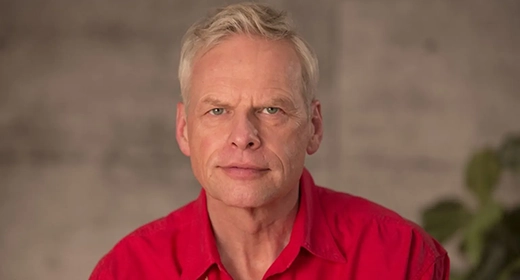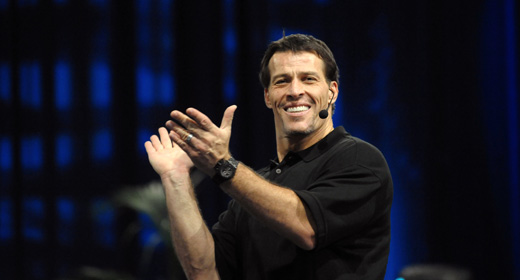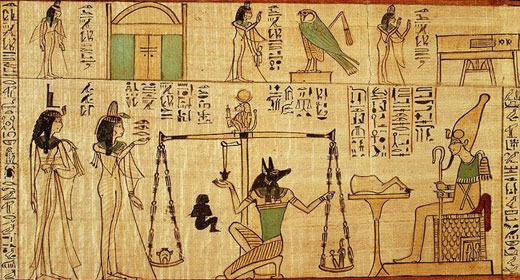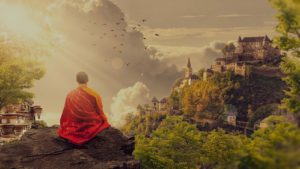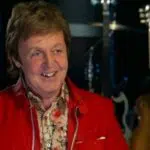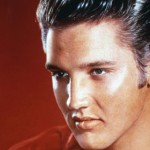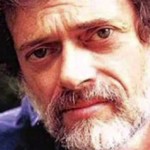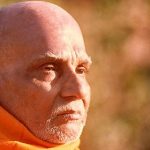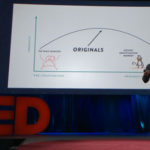“Kundalini yoga” actually only became called “kundalini” in the 20th century, after the technical term, “kundalini,”  which had otherwise been known as “laya yoga” from the Sanskrit term meaning “dissolution, extinction.” The word “kundalin” means “circular, annular,” as an adjective while noun means “a snake” (for the coils).
which had otherwise been known as “laya yoga” from the Sanskrit term meaning “dissolution, extinction.” The word “kundalin” means “circular, annular,” as an adjective while noun means “a snake” (for the coils).
The concept of kundalini as a technical term became integrated into Hatha yoga in the 15th century and became used in the Yoga Upanishads by the 16th century.
Some also describe Kundalini as “the curl of the lock of hair of the beloved”
Origin + Founder:
The Yoga-Kundalini Upanishad is listed in the Muktika canon of 108 Upanishads, which was compiled in the first half of the 17th century at the latest.
In the 1919 John Woodroffe book, The Serpent Power: The Secrets of Tantric and Shaktic Yoga, Woodroffe was the first to identify “Kundalini yoga” as a particular form of Tantrik Yoga.
In 1935, Swami Nigamananda taught a form of Kundalini Yoga that was not part of Hatha Yoga. That year, Swami Sivananda introduced many readers to the practice with his book on the subject.
In the 20th century, Yogi Bhajan was responsible for creating and spreading modern Kundalini Yoga, creating his own style and teaching organization called “Healthy, Happy, Holy Organization” (3HO). Some say that it is the most comprehensive of yoga traditions, consisting of meditation, mantra, physical exercises and breathing techniques. It encompasses the eight limbs of yoga.
Yogi Bhajan helped bring the science and technology of the kundalini to the passes, a tradition that had been done since the fifth century B.C.
“In Kundalini Yoga the most important thing is your experience. It goes right to your heart. No words can replace your experience. Your mind may accept the words or it may not, but your consciousness will not accept just words.”
-Yogi Bhajan, The Aquarian Teacher Training manual, p. 20
The 411:
Kundalini Yoga barely resembles the Ashtanga style practices. Kundalini Yoga typically consists of pranayama and meditation. The pranayama exercises consist of One Minute Breath, Breath of Fire, alternative nostril breathing, Dog Breath, Sitali Pranayama and suspended breath.
Meditations usually consist of movement or mantra and include setting a drishti and mudra, along with the asana. Chanting and using the bandhas is also common
In Kundalini Yoga, a kriya, or a series of postures, breath, and sound that work toward a specific outcome, are central to the practice.
The use of mantra throughout the practice of Kundalini Yoga as taught by Yogi Bhajan is effective in attaining the expansion of the Self and elevation of the spirit (Kundalini Research Institute).
Kundalini Yoga focuses on moving energy through repetitive movement and it is all about creating room for transformation. The goal is to have the kundalini rise through aligning the chakras through the kriyas.
“Kundalini Yoga is not a religion. Religions come out of it. Kundalini Yoga is not a fad, and it’s not a cult. It’s a practice of experience of a person’s own excellence, which is dormant and which is awakened.”
-Yogi Bhajan, 7/26/96
What Makes it Unique:
Kundalini Yoga offers tremendous healing power through a series of seemingly weird exercises.
It’s called the “the yoga of awareness,” aiming “to cultivate the creative spiritual potential of a human to uphold values, speak truth, and focus on the compassion and consciousness needed to serve and heal others.”


